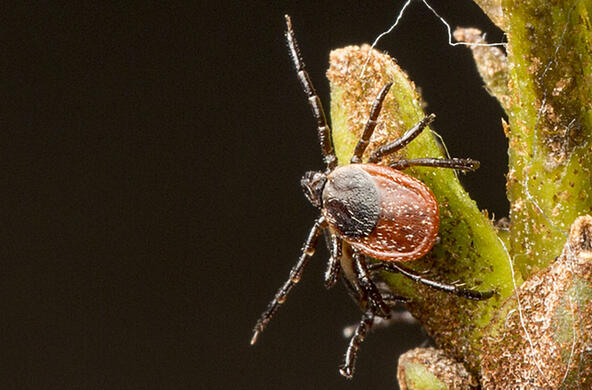One cannot but be impressed with how humans have embraced “better living through chemistry” in modern society. More than 85,000 compounds are registered with the Environmental Protection Agency for potential public use. We have compounds to clean carpet and make it moth-proof and fire- and stain-resistant. We have chemicals to straighten hair, curl hair, and hold hair in place. We have compounds to repel and kill insects, and perfumes that inadvertently attract them. Most of these have complicated formulations and names; the products that scare me the most are those that do not list the active ingredients on the label.
The chemical industry achieves $29 billion in sales of pesticides, $760 billion for pharmaceuticals and $2.3 trillion in the sales of various other chemicals each year. Clearly, people around the world pay a lot for chemicals to improve their daily lives.
Many of these chemicals persist in nature, so they accumulate in the environment. Persistent organic pollutants (POPs) cycle globally and many are still found in areas where they were outlawed decades ago. Many of these were designed to kill insects by mimicking their hormones to produce lethal dysfunction. We should not have been surprised when DDT inhibited eggshell development in bald eagles, ospreys, and seabirds, which have returned to respectable numbers now that DDT is banned.
In the United States, sales of compounds for public use are subject to some form of regulation and approval by several statutes enforced by the EPA and other agencies. Compounds in foods, drugs, cosmetics, and personal care products are regulated by the Food and Drug Administration (FDA). Most pesticides are regulated by the EPA under the Federal Insecticide, Fungicide, and Rodenticide Act (FIFRA). Household chemicals, including those incorporated in various end products, were to be regulated by the EPA’s Toxic Substances Control Act (TSCA) of 1976, which has been widely regarded as one of the most ineffectual pieces of environmental legislation ever written.
When TSCA was first enacted, some 60,000 existing chemicals were “grandfathered” for further use, so that companies were not required to submit information on whether or not these chemicals had been proven safe for humans. Earlier, I have written about the insect repellant, DEET, which has a long history without obvious impact to humans, but a number of compounds were not nearly so benign. The brominated organic compounds that were applied to flame-retardant clothing, bedding, and upholstery are known carcinogens, with uptake pathways through our skin and by breathing the lint they generate.
A few weeks ago, with bipartisan support, the House and Senate approved a bill, now signed by President Obama, to strengthen TSCA. The act is not perfect, but it should subject chemicals to greater scrutiny by the Environmental Protection Agency, which plans to focus on about 100 that are suspicious for their impacts on human and wildlife health. Among these are asbestos, formaldehyde, organophosphate flame retardants, and various fluorinated organic compounds. It is possible that some chemicals now in use will be restricted or potentially banned if they are proven unsafe to humans.
One might hope that we could require chemical manufacturers to show that a product is safe before it is sold. For now, we will have retroactive evaluations.
As is so often the case with environmental regulations, there is too little too late. But, we should celebrate in the successes we have and move on to the next battle.
References
Dishaw, L.V., L.J.Macaulay, S.C. Roberts, and H.M. Stapleton. 2014. Exposures, mechanisms, and impacts of endocrine-active flame retardants Current Opinion in Pharmacology 19:125-133.
Hellou, J., M. Lebeuf, and M. Rudi. 2013. Review on DDT and metabolites in birds and mammals of aquatic ecosystems. Environmental Reviews 21: 53-69.
Lundholm C.D. 1997. DDE-induced eggshell thinning in birds. Comparative Biochemistry and Physiology C. Pharmacology, Toxicology and Endocrinology 118: 113–28
Simonich, S.L. and R.A. Hites. 1995. Global distribution of persistent organochlorine compounds. Science 269: 1851-1854.
Stapleton, H.M., N.G. Dodder, J.H. Offenberg, M.M. Schantz, and S.A.Wise, 2005. Polybrominated diphenyl ethers in house dust and clothes dryer lint. Environmental Science and Technology 39: 925-931.
Stemmler, I. and G. Lammel. 2009. Cycling of DDT in the global environment 1950-2002: World ocean returns the pollutant. Geophysical Research Letters 36: doi: 10.1029/2009GL041340.








